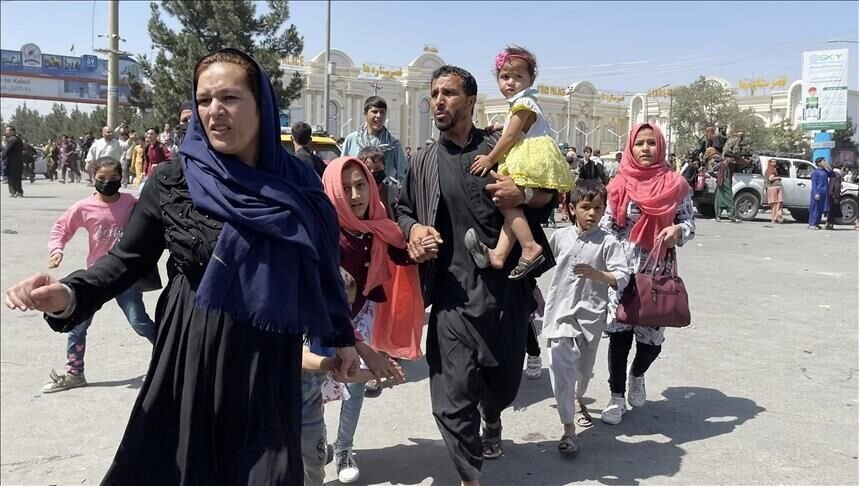Iranian refugees down by 14% in 2022: report

TEHRAN – The number of Iranian refugees worldwide has decreased by 14 percent in 2022 compared to a year earlier, Iran Migration Observatory has reported.
According to the report, the population of Iranian refugees living in the host countries has decreased from 143,000 in 2021 to 122,000 in 2022.
The United Nations High Commissioner for Refugees (UNHCR), put the population of Iranians seeking asylum in the world at 69,237 in 2022, which has increased compared to 68,940 last year.
Germany and Turkey were the two main destinations for registering Iranian asylum seekers in 2012 and 2017, while Britain and Germany were the top destinations in 2022.
According to UNHCR, the world had at least 108 million forced migrations and displacements in 2022. Turkey, Iran, Colombia, Germany, and Pakistan have respectively hosted the largest number of people in refugee status or similar status.
Refugees in Iran
Ivo Freijsen, the representative for UNHCR in Iran, has said Iran is an exemplary country that has acted very well in hosting refugees and has been hosting them for a long time.
Forty years have passed since Iran started hosting them [refugees]. As we have always said, Iran has had positive approaches toward refugees, we appreciate that, and we are honored to support Iran's efforts, he said in an exclusive interview with Iran Newspaper published on September 4, 2022.
In fact, Iran provides wide-ranging services for refugees such as basic healthcare services, education, and vocational training.
Leader of the Islamic Revolution Ayatollah Seyyed Ali Khamenei issued a decree in May 2015 that allows all foreign nationals, even those who have no identification and are living in Iran illegally, to attend schools in the country.
Iran is among the 15 successful countries in attracting international university students, according to Mohammad Javad Salmanpour, the deputy head of the Organization for Student Affairs.
The education of foreign students in Iran has grown significantly compared to previous years, even last year, it has doubled, he said.
Iran has the ability and capacity to have more than 250,000 foreign students by 2026, he stated.
These students are studying in different fields of science, research and technology, health and medical education, and also in the fields of humanities, Islamic sciences, Persian language, and literature, law, fundamentals of Islamic law, management fields, economics, psychology, social sciences, as well as engineering, agricultural sciences, animal sciences, and basic sciences.
On June 20, UNHCR marked World Refugee Day with a series of events celebrating refugees’ resilience and courage and the country’s commendable inclusive policies towards refugees.
The occasion served as a reminder of the need for more global burden-sharing and solidarity in addressing the challenges faced by displaced persons around the world, according to the UNHCR website.
With over 3.4 million refugees and refugee-like populations, Iran has become the second-largest refugee-hosting country globally this year.
In total, Iran hosts some 4.5 million Afghans of varying status – including resident permit holders, undocumented Afghans, and family passport holders – many of whom have been in the country for an extended period and require support to strengthen their resilience.
Iran’s support for refugees is demonstrated through its inclusive policies, which encompass protection, assistance, education, and healthcare, inspiring the global community and positively impacting the lives of refugees.
Throughout Iran, a range of events were organized to commemorate this year’s World Refugee Day, under the theme “Hope Away from Home.”
MG
